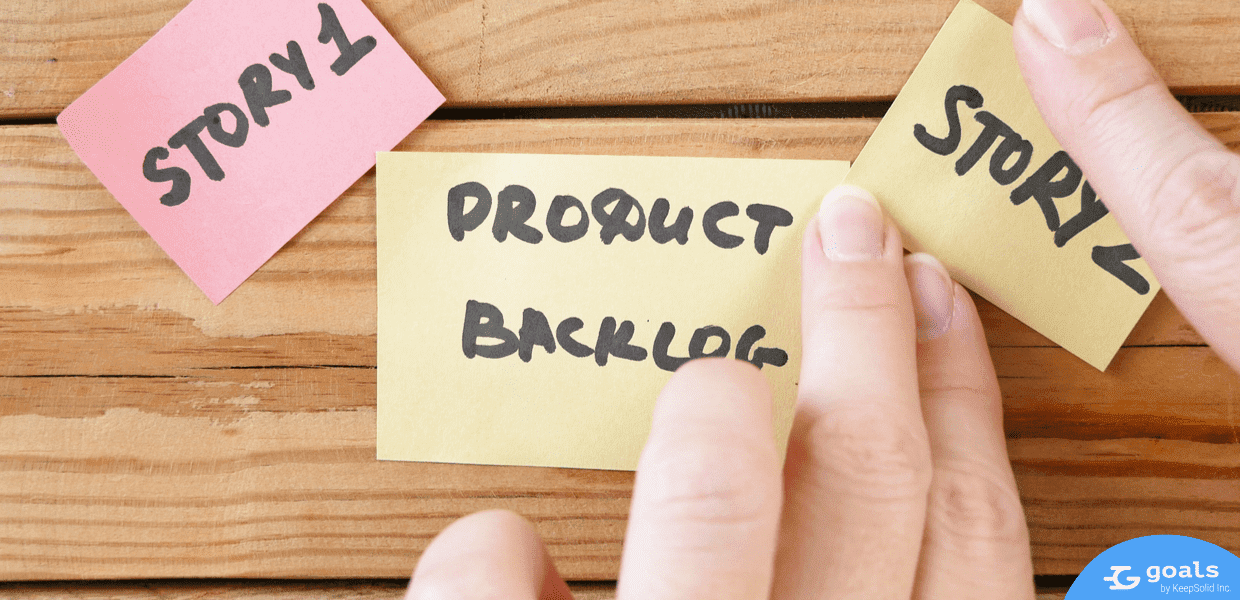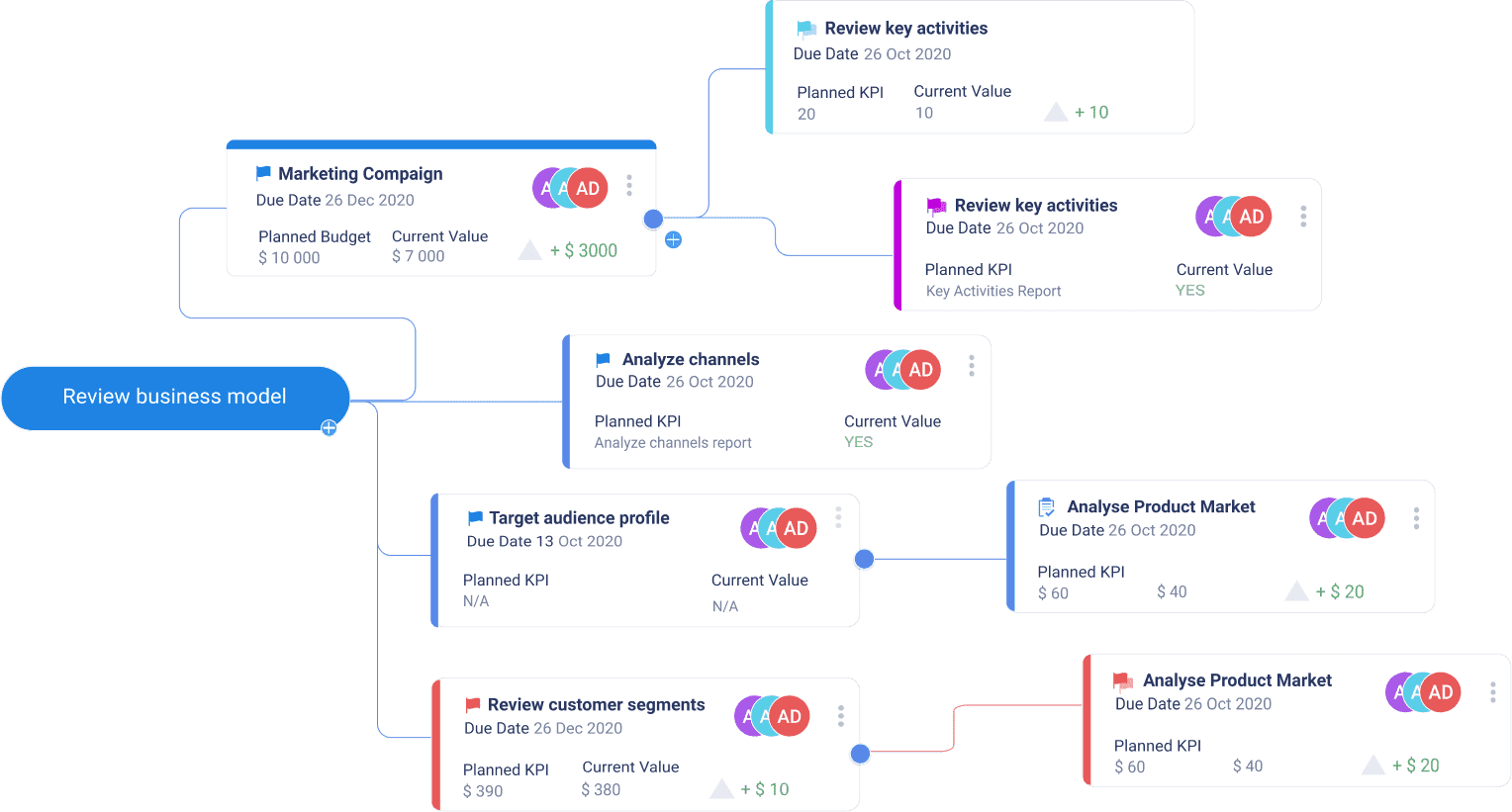What is Backlog?
A Scrum Product Backlog, sometimes referred to as a Backlog, is a single source of tasks that will be done by the team. According to the Scrum Guide, it is an “emergent, ordered list of what is needed to improve the product”, which, in simpler words means that it is a list of tasks that replaces requirements specifications that are used in traditional approaches.

Backlog Features
Though a backlog might look like a simple list of tasks, it has strict requirements to its items that make it different from a to-do list:
- Each work item should add value for the customer. Backlog entries can be of different types, such as exploration of different options, preparation work and work require to launch the product, yet entries that have no perceptible value are considered to be waste and are removed.
- Each item is estimated according to the agreed definition, such as story points or sometimes T-shirt sizes.
- Each item is prioritized and ranked. The prioritization is done based on the added value, cost and risks and becomes the basis for the sprint workload.
- The level of detail depends on the entry order. Only the entries that are ready to be worked on during the upcoming sprints are described in detail, while others remain less meticulously described. This helps spare time and resources on items that still might change in future.
- The backlog is a living document that is updated and modified throughout the project lifespan. It is developed iteratively and changes with changes in the product.
- The backlog contains no detailed requirement information, action-items, or low-level tasks. The final requirements are defined during the sprint by the team, ideally, in collaboration with the customer.
Working with a Backlog
Maintaining the backlog up-to-date is a complex task that requires effort from the whole team. Though it is owned by the Product Owner, it is shaped by the Developers. The Product Owner introduces the top backlog entries during the Sprint Planning Session and explains the trade-offs and requirements, yet it is up to the team to determine which items they can commit to complete within the sprint.
The Backlog maintenance is an ongoing iterative process that passes the following stages:
- New emerging requirements are described and added to the items list.
- Existing backlog entries are reviewed to be changed or removed, if necessary.
- The Backlog is reordered according to the most recent information.
- The highest-priority items are moved to the Backlog top.
- The entries are (re)estimated.
Scrum framework suggests that the team should spend around 10% of the total time on maintaining the Product Backlog in good shape.
Product Goal
The Product Goal is the highest point of the Product Backlog. It is the long-term objective for the team that describes a future state of the product. The Backlog with all its items is merely a means to determine what will fulfill the ultimate Product Goal. Certainly, Agile allows for changing and modification of the Product Goal, yet the team needs to fulfill or abandon one objective before moving to another one.
Having an up-to-date and relevant Product Backlog allows the team to focus only on the items that bring the highest value to the product and reduce waste, which minimizes their efforts while ensuring fast delivery and customer satisfaction.



